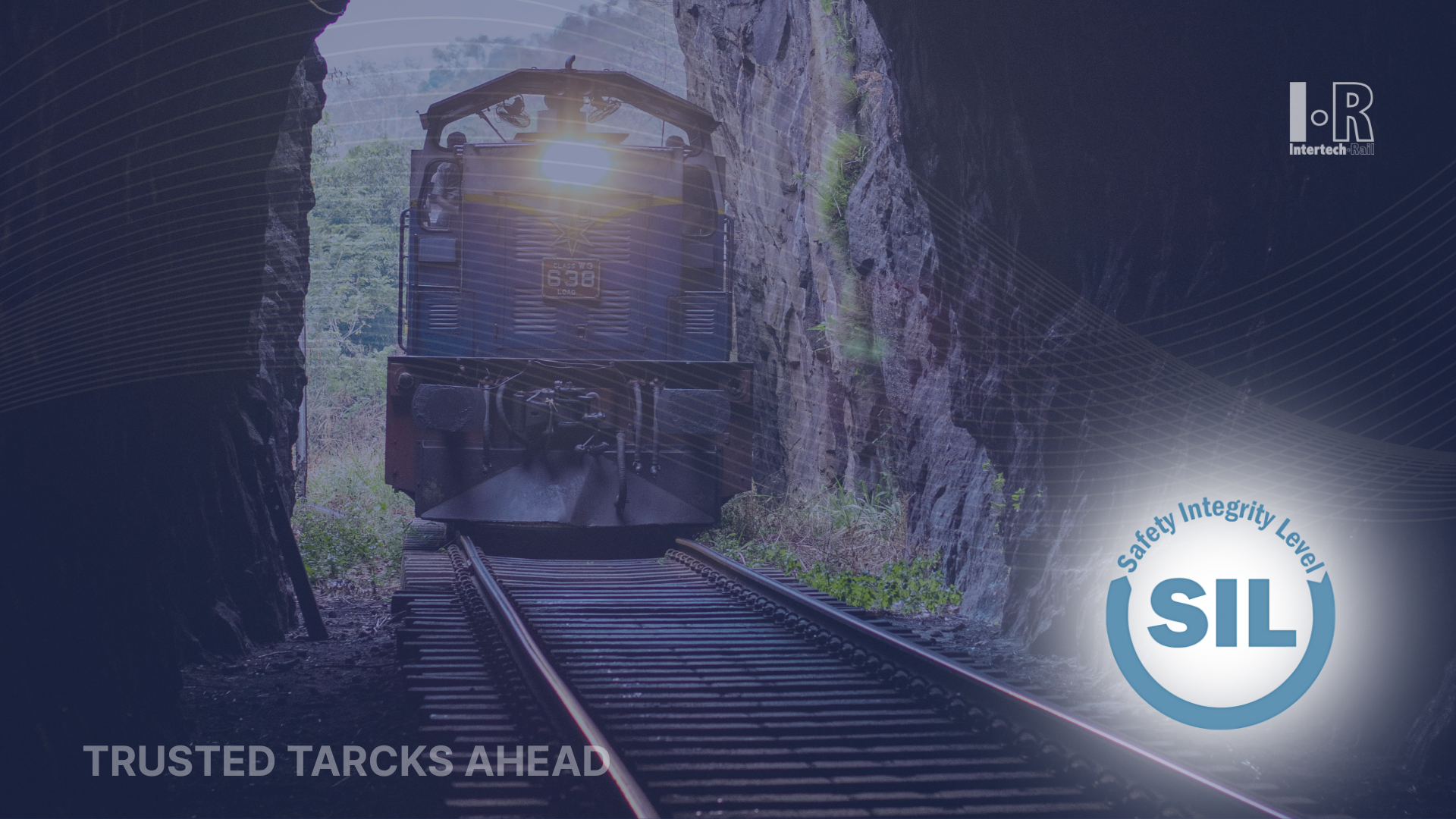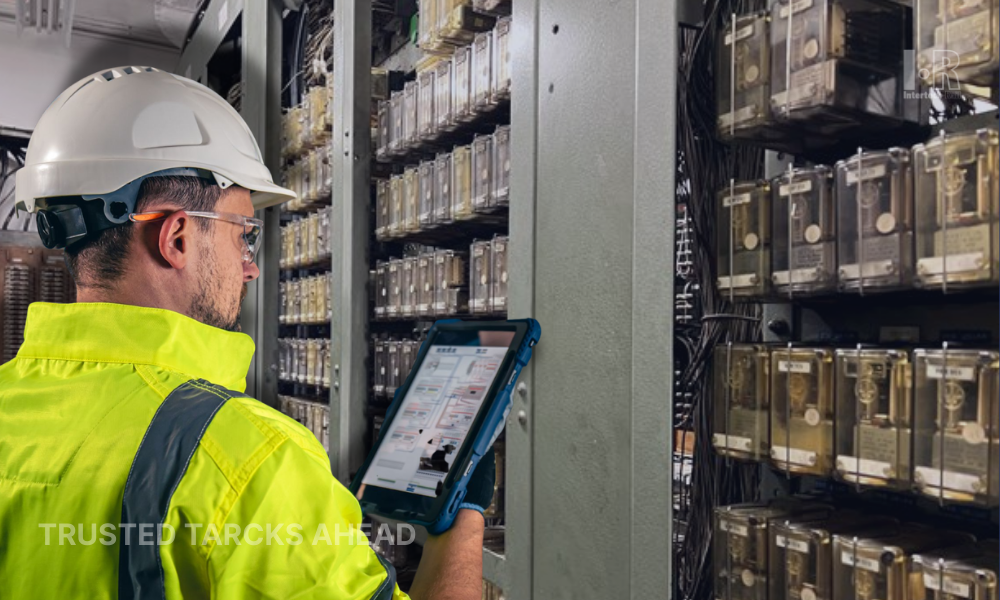Understanding SIL in Railway Systems
Understanding SIL in Railway Systems

Understanding SIL Levels in Rail Systems: How IEC 61508 Applies to Trains
Railway safety is of the utmost importance. Engineers rely on international standards that specify precise requirements for system safety and reliability in order to properly control risks. The IEC 61508 standard, which introduces Safety Integrity Levels (SILs) to classify the performance and dependability of safety-related systems, is one of the most important frameworks.
Designing, testing, and certifying safety-critical components that safeguard infrastructure, passengers, and assets requires an understanding of SIL and how it applies to railway systems.
SIL in Rail: How It Works and Why It Matters
The risk reduction that a safety function needs to accomplish is measured by Safety Integrity Levels, or SILs, which are discrete levels (ranging from SIL 1 to SIL 4). The likelihood of a dangerous failure is reduced and design, validation, and maintenance requirements are more stringent with a higher SIL.
- SIL 1: Basic level of safety integrity; suitable for less critical functions
- SIL 2 & SIL 3: Intermediate to high safety requirements, common in many rail applications
- SIL 4: Highest safety level, reserved for functions where failure could have catastrophic consequences
The target probability of failure on demand (PFD) is specified by each SIL level, which also calls for ever more stringent fault tolerance, diagnostics, and system architecture.
IEC 61508 and Its Role in Railways
A fundamental standard for functional safety that applies to all sectors, including rail, is IEC 61508. It provides guidance for safety-related systems at every stage of their lifecycle, from conception and design to implementation and decommissioning.
Although they concentrate on rail signaling, control, and software systems, railway-specific standards like CENELEC EN 50126, EN 50128, and EN 50129 build upon the ideas of IEC 61508.
Key aspects of IEC 61508 for rail include:
- Risk assessment and SIL determination for safety functions
- Requirements for system architecture and redundancy
- Validation, verification, and documentation throughout the system lifecycle
- Ongoing monitoring and maintenance to preserve SIL compliance
Applying SIL Levels in Railway Systems
Communication devices, track circuits, train control systems, and signaling equipment are just a few of the many safety-critical parts that railway systems incorporate. Each function's proper SIL level assignment guarantees that:
- Safety risks are minimized according to their severity
- System designs incorporate appropriate fault detection and mitigation strategies
- Components undergo rigorous testing and certification to meet regulatory demands
For example:
- Train protection systems (such as PTC and ETCS) typically require SIL 3 or SIL 4 compliance to guarantee safe train separation and speed control.
- Automatic train control (ATC) and communication systems may be assigned SIL 2 or SIL 3 depending on their criticality.
- Non-safety-critical functions, like passenger information systems, usually fall outside SIL requirements.
IntertechRail’s Approach to SIL Compliance
Safety is incorporated into product development from the beginning at IntertechRail. From signaling interfaces to RAILID® RFID systems, our hardware and software solutions are designed to meet or beyond the SIL requirements specific to their use.
We guarantee dependable performance even in the most taxing operational circumstances by aligning our design and testing procedures with IEC 61508 and railway-specific requirements. This dedication enables railroad operators all across the world to create networks that are safer and more reliable.
IEC 61508's Safety Integrity Levels (SILs) are ultimately essential to creating reliable railway systems. Engineers and operators can confidently certify components, control hazards, and ensure safe operations by comprehending and utilizing these levels.
Working with professionals like IntertechRail guarantees access to SIL-compliant technology that upholds the strictest safety regulations, safeguarding people, property, and rail transportation's future.




